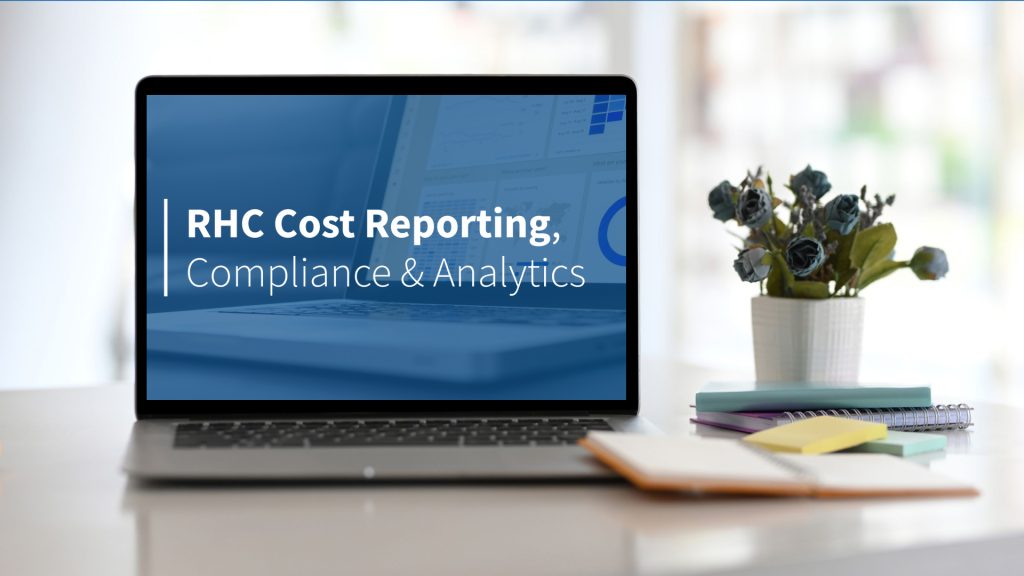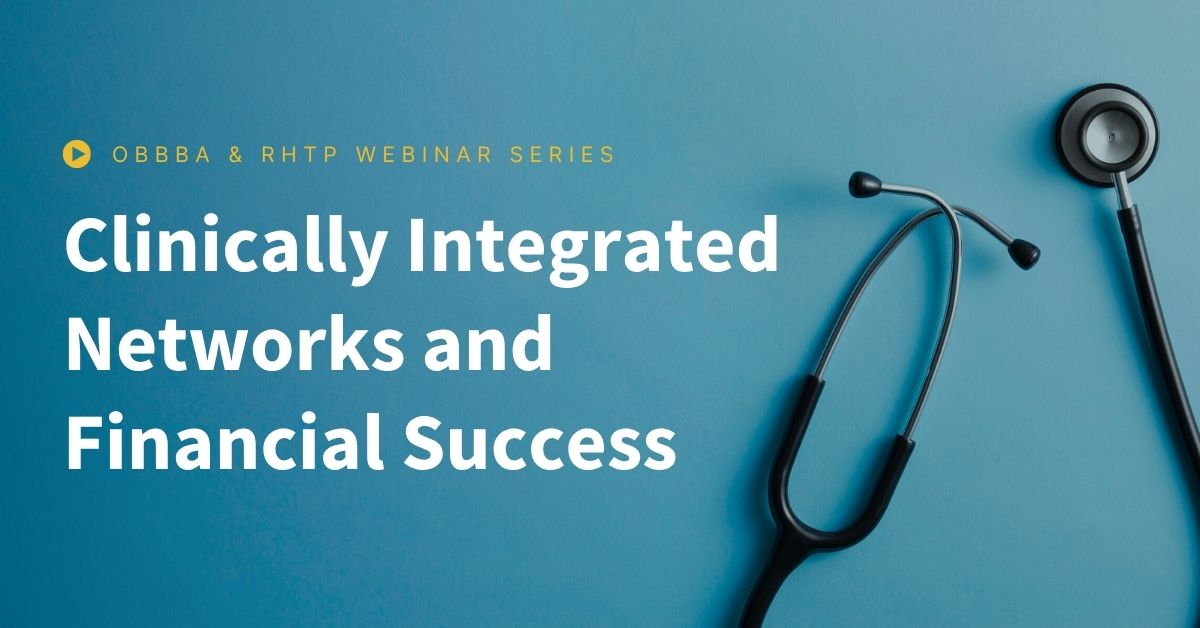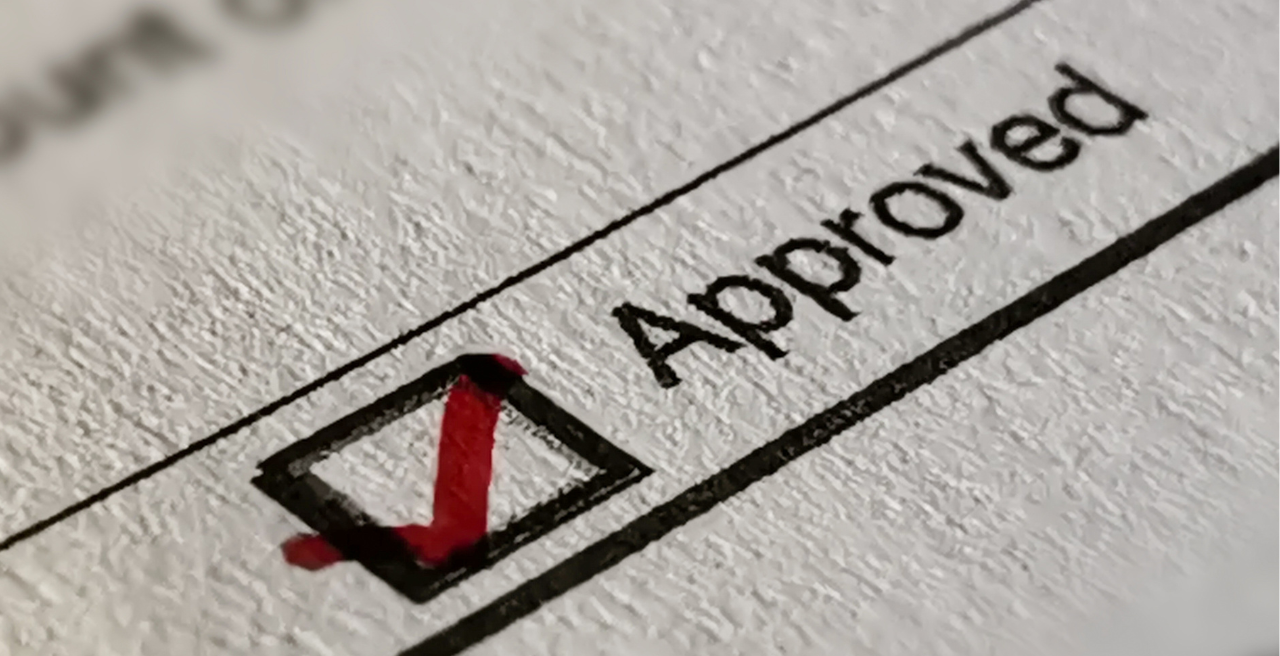RHC Cost Reporting, Analytics, and Compliance Simplified
Running a Rural Health Clinic (RHC) isn’t just about providing quality care—it’s also about keeping your clinic financially healthy and compliant with ever-changing regulations. Between financial reporting, performance metrics, and data analytics, there’s a lot to juggle. But when done right, these elements can help your practice stay sustainable and continue delivering essential care to your community.
In this guide, we’ll break down the must-know aspects of reporting, analytics, and compliance so your clinic can thrive. You’ll learn how to streamline financial reporting, track the right key performance indicators (KPIs), and use data to improve patient outcomes—all while staying ahead of regulatory requirements.
Let’s dive in and ensure your clinic has the tools and insights to succeed.
Why Reporting, Analytics, and Compliance Matter for Your RHC
Keeping your practice running smoothly isn’t just about patient care—it’s also about staying financially stable, making data-driven decisions, and meeting compliance requirements.
RHC-specific cost reporting does more than check a compliance box—it gives you a clear picture of your clinic’s financial health. Accurate, detailed reports help ensure you’re properly reimbursed for the services you provide, preventing revenue gaps and improving operational efficiency.
Also, numbers tell a story. By tracking patient demographics, service utilization, and clinical outcomes, your clinic can turn raw data into meaningful insights. Analytics helps you make informed decisions, allocate resources effectively, and ultimately improve patient care.
Finally, strict regulations from the Centers for Medicare & Medicaid Services (CMS) aren’t just red tape—they’re in place to maintain quality and accountability. Staying compliant helps you avoid penalties, meet important benchmarks, and build trust with the community you serve.
Now that we’ve covered the “why,” let’s dive into the essential steps your clinic needs to take to stay ahead.
Key Definitions in RHC Reporting
To make informed decisions and optimize clinic performance, it’s important to track key metrics. Here are three essential terms to understand:
- Visits per Day – The total number of patient visits your clinic sees on an average day, helping you assess demand and capacity.
- Average Visits per Day Worked – Calculates the number of patient visits per provider, taking into account the days worked.
- Average Visits per Day Worked by Provider – A deeper dive into individual provider productivity, helping you balance workloads and improve efficiency.
Tracking these metrics gives you a clearer picture of your clinic’s operations, making it easier to identify areas for growth and improvement.
Cost Reporting Specifics for RHCs
Accurate cost reporting isn’t just a requirement—it’s essential for securing proper CMS reimbursements and keeping your clinic financially stable.
Here’s what you need to get right:
- Visit Counts – Only include RHC-qualified visits in your reports. Exclude 99201 and 99211 codes to ensure compliance.
- Categorize Visits Properly – Group visits by payer type, such as Medicare (Title XVIII), Medicaid (Title XIX), or other programs like Maternal and Child Health (Title V). Further segment by service type, such as Medical or Mental Health.
- Bad Debt Reporting – Keep thorough records of bad debts, including proof of indigency and Medicaid beneficiary status. Proper documentation is crucial for audit preparedness and compliance transparency.
By understanding these details, your clinic can streamline cost reporting, avoid financial pitfalls, and stay on track for sustainable growth.
💡 Pro Tip: Azalea Health’s EHR automates bad debt tracking and indigency status documentation, keeping your clinic audit-ready and CMS-compliant.
Harnessing the Power of Analytics in Your RHC
Analytics isn’t just about numbers—it’s about turning data into real-world improvements for your clinic. By tracking key metrics, you can enhance efficiency, boost revenue, and improve patient outcomes. Here’s how analytics can make a difference in your RHC:
Track KPIs for Performance Improvement
Monitoring key performance indicators (KPIs) helps your clinic measure success in real time and identify areas for growth. Focus on:
- Scheduling & Access – Keep an eye on no-show rates and appointment availability, including the “Third Next Available Appointment” metric.
- Patient Flow – Analyze wait times and appointment durations to eliminate bottlenecks and improve efficiency.
- Billing & Collections – Optimize revenue by tracking clean claim rates and payments per visit.
- A/R & Denial Management – Reduce revenue leaks by minimizing claim denials and improving cash flow.
Use Analytics to Improve Clinical Quality
Clinical Quality Measures (CQMs) help RHCs enhance patient care while meeting CMS requirements. Key areas to focus on include:
- Chronic Condition Management – Track high blood pressure control and diabetes A1C levels to prevent complications.
- Preventive Screenings – Increase early detection with screenings for colorectal, breast, and cervical cancer.
- Routine Metrics Documentation – Ensure regular BMI screenings and accurate medication recording for coordinated care.
By prioritizing CQMs, your clinic can improve patient outcomes, strengthen its reputation, and qualify for CMS incentives.
Monitor Data Continuously for Long-Term Success
Analytics is most effective when used on an ongoing basis. Establish baselines, track progress, and adjust strategies as needed to improve efficiency and patient satisfaction.
By leveraging analytics, your RHC can make data-driven decisions that lead to better care, streamlined operations, and stronger financial stability.
💡 Pro Tip: Use data visualization tools like dashboards to give your team a clear, real-time view of clinic performance and keep everyone aligned on goals.
Navigating Revenue Cycle Management and Compliance
Your clinic’s financial health and compliance go hand in hand. By optimizing your revenue cycle, you can improve cash flow while staying aligned with CMS regulations.
Here’s how:
- Manage Denials Proactively: Claim denials can indicate deeper operational inefficiencies. Use analytics to track patterns, identify root causes, and implement solutions that reduce denials and speed up reimbursements.
- Optimize Scheduling: A well-balanced schedule ensures your clinic meets patient demand without overwhelming providers. Leverage scheduling tools to maintain optimal patient volume while improving access to care.
- Stay Updated on CMS Regulations: CMS guidelines change frequently, impacting reimbursement rules and compliance requirements. Staying informed helps your clinic remain compliant and take full advantage of available reimbursements. Tools like Azalea Health can automate updates and simplify compliance for your team.
- Leverage Financial Data: Tracking trends in clean claim rates, bad debt collections, and reimbursements allows your clinic to refine cost reporting strategies and strengthen financial performance over time.
By streamlining your revenue cycle with data-driven strategies, your RHC can maintain compliance, reduce financial risk, and ensure long-term sustainability.
Driving Performance Through Compliance
Compliance isn’t just about meeting benchmarks—it’s a foundation for long-term success. Tracking CMS-recommended KPIs and Clinical Quality Measures (CQMs) helps your clinic optimize care and operations.
Actionable Steps for Your RHC:
✅ Measure – Identify the KPIs that align with your clinic’s financial and operational goals.
✅ Monitor – Track performance in real time and compare results against industry benchmarks.
✅ Improve – Analyze data, collaborate with staff, and implement process improvements.
By following this cycle, your RHC can maintain compliance while driving efficiency, improving patient outcomes, and securing long-term financial sustainability.
💡 Pro Tip: Azalea Health’s real-time KPI monitoring sends instant alerts on key metrics, helping you tackle issues quickly and keep operations on track.
Maximize Your Clinic’s Potential
Running a rural health clinic comes with unique challenges, but the right technology can make all the difference. Azalea Health’s intuitive platform integrates your EHR, billing, and patient records seamlessly, offering a unified approach to data collection and reporting. This reduces manual entry errors and saves time while keeping your clinic in compliance.
Take the guesswork out of reporting, optimize your revenue cycle, and enhance patient care with a platform built for rural healthcare. Request a demo today to see how Azalea Health can support your clinic’s success!
Want to streamline reporting and compliance?
Download The Definitive Guide to Rural Health for strategies to help your clinic thrive.
About the Author
Speak with an expert
Want to learn more about becoming an RHC?
Speak with a dedicated rural health expert today by filling out the form below.





